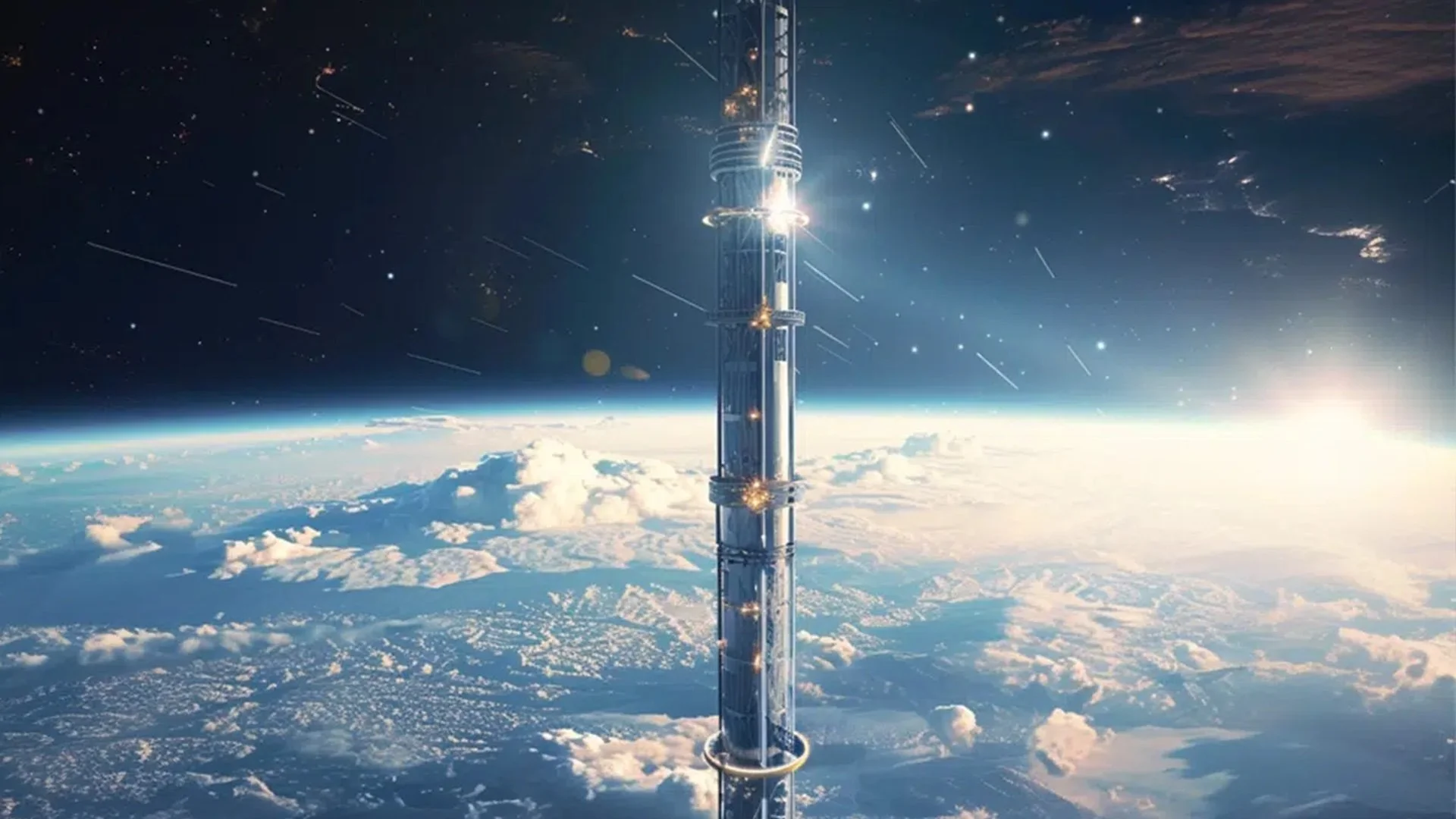Perpetual Staircase, Chapter 1: A Sci-FI Project Management Case Study
CREATING SMART GOALS
Part 1 of a serialized fictional case study
Morning dawns with penetrating clarity. The great dome of the sky stretches from horizon to horizon, unobstructed by clouds. It is huge beyond reason, tantalizing in its vastness, but in two years’ time, Camila will send a capsule piercing through its azure canopy—a capsule suspended between heaven and Earth.
Yes—the space elevator. Once the domain of science fiction, the innovative transit technology will move at last from theory to practice. A team will design it. A team will build it. And Camila Castillo—engineer, physicist, Project Manager, and lifelong dreamer—will coordinate the entirety of the world-changing process.
Projects start with the definition of goals. Camila knows this, and she knows that “build a space elevator” is uselessly vague. Instead, all goals should be “SMART”: Specific, Measurable, Attainable, Relevant, and Time Bound. Seated at her desk in Caracas, gazing out at the sky she hopes to conquer, Camila applies the SMART methodology to the space elevator initiative.
When finished, her SMART Goal looks like this: “My team will propose, design, and construct an orbital lift system by December 19th, 2095. The system will have an equatorial terminus, a counterweight in geostationary orbit, and a cable section with a safety margin of one or above. The completed system will boost space travel rates by 60% and reduce carbon emissions by 20%, leading to a more dynamic ecosystem and more equitable access to the cosmos.”
How is this goal “SMART”? Let’s break it down.
SPECIFIC: Camila has explicitly defined the parameters of the finished elevator. The base of the structure will need to be located on Earth’s equator. It will connect to an orbital counterweight to maintain cable tautness, and that counterweight will be geostationary, maintaining a fixed point above Earth’s surface. Lastly, the elevator’s cable system will need to sustain twice the maximum load it was designed to support, ensuring maximum safety for the elevator's passengers.
MEASURABLE: The space elevator has specific success metrics: a 60% increase in space travel and a 20% drop in carbon emissions.
ATTAINABLE: By breaking the three phases of the project into six-month installments, the elevator can be completed in eighteen months, leaving a six-month margin of error before the 12/19/95 deadline.
RELEVANT: When the elevator is complete, rocket propulsion will no longer be necessary to reach space. This will greatly reduce both the cost and the environmental impact of space travel, benefiting the Earth’s ecosystem while mitigating the effects of classism in orbital transit.
TIME BOUND: Last but not least, the project has a set deadline of December 19th, 2095.
With her primary SMART Goal established, Camila rises from her desk and sets to work.
The deep sky glistens, urging her on.
